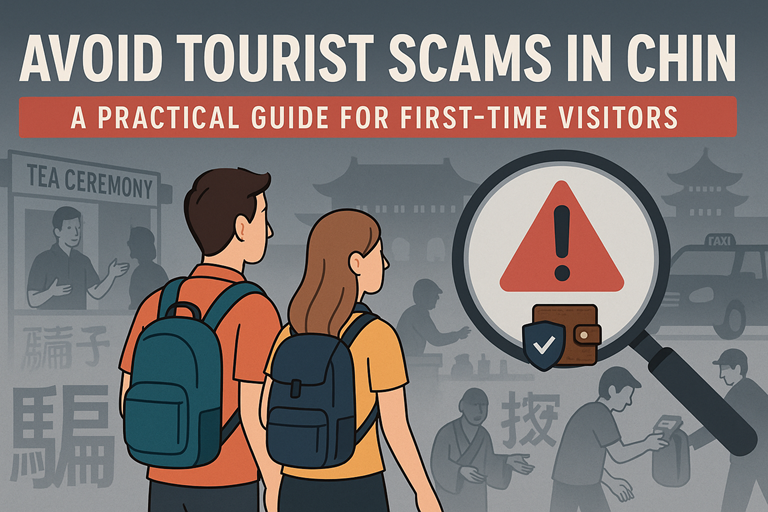Getting Online in China: A Comprehensive Guide to Buying a Local SIM Card/Data Plan

Staying connected is crucial for modern travel, whether it’s for navigation, translation, sharing experiences, or keeping in touch. When visiting China, relying solely on your home carrier’s international roaming can be prohibitively expensive. The most cost-effective and reliable way to get online is by purchasing a local Chinese SIM card. This guide will walk you through everything you need to know, from the major providers and where to buy, to the documents required and important considerations like the Great Firewall.
I. Why Get a Local Chinese SIM Card?
Before diving into the “how,” let’s quickly cover the “why”:
- Cost-Effectiveness: Local SIM cards offer significantly cheaper data, call, and text rates compared to most international roaming plans. You can get generous data packages for a fraction of the price.
- Reliable High-Speed Data: China has extensive 4G and rapidly expanding 5G networks. A local SIM ensures you get the best possible speeds and coverage.
- Local Phone Number: Having a Chinese phone number can be incredibly useful for various services, such as:
- Registering for public Wi-Fi hotspots (many require SMS verification).
- Booking train tickets or local tours.
- Using certain local apps or services that require a Chinese number.
- Making local calls at local rates (e.g., to your hotel or a restaurant).
- Convenience: Once set up, you have seamless connectivity without worrying about racking up huge roaming bills.
- Avoiding Wi-Fi Hassles: While Wi-Fi is available in hotels, cafes, and airports, it can sometimes be slow, require cumbersome registration processes (often needing a Chinese phone number for an SMS code), or be unreliable. A personal data plan gives you freedom.
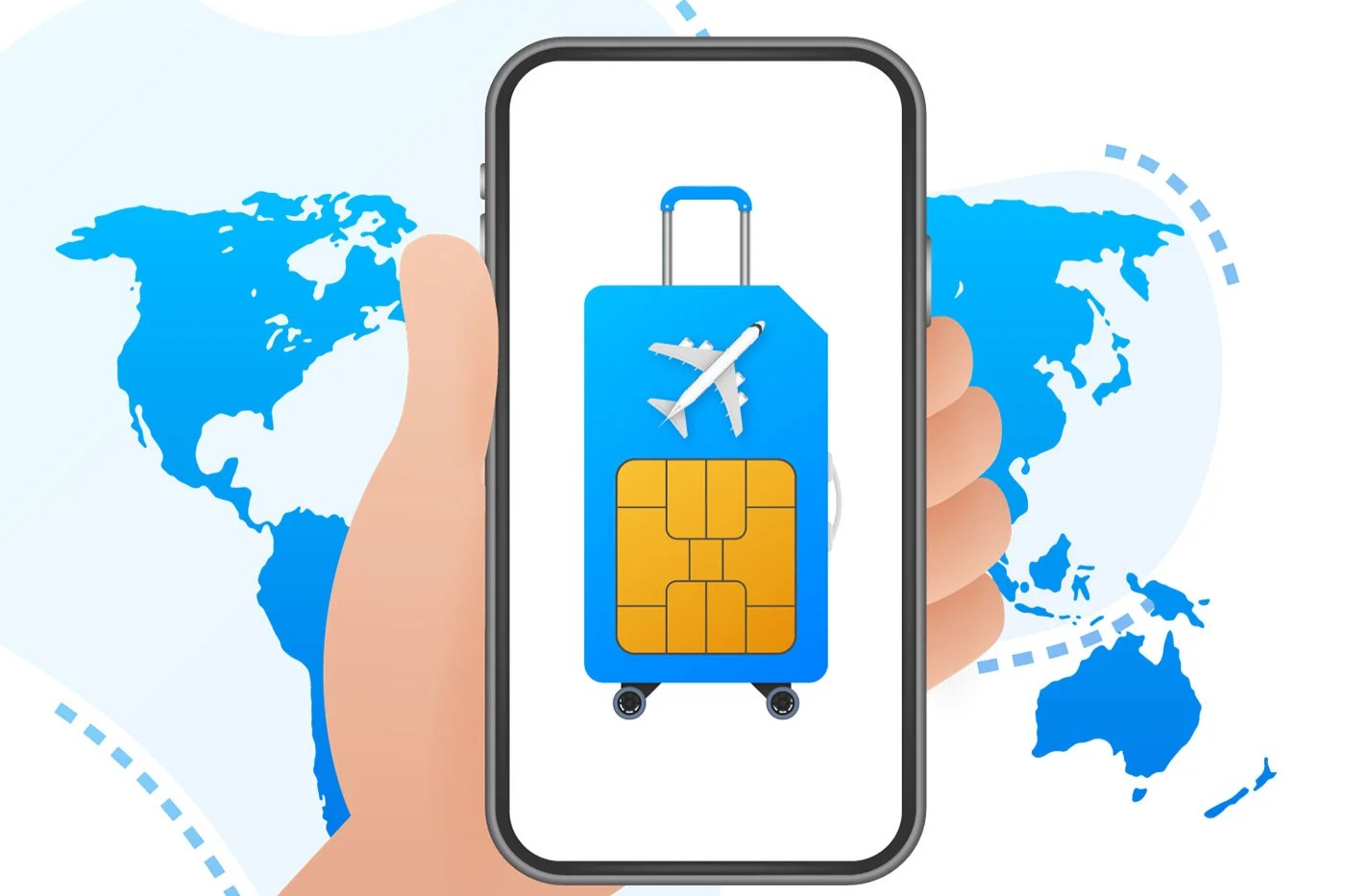
II. Major Mobile Network Operators in China
There are three main state-owned mobile network operators in China:
China Mobile (中国移动 – Zhōngguó Yídòng):
- Largest provider with the most extensive network coverage, especially strong in rural and remote areas.
- Historically, their 3G (TD-SCDMA) and some 4G (TD-LTE) bands were less compatible with international phones. However, with widespread 4G (FDD-LTE, which is common globally) and 5G deployment, this is becoming less of an issue for modern smartphones.
- Still, it’s worth double-checking your phone’s band compatibility if you primarily need coverage outside major urban centers.
China Unicom (中国联通 – Zhōngguó Liántōng):
- Second largest provider. Generally considered the most compatible with international smartphones, as their 3G (WCDMA) and 4G (FDD-LTE) networks use bands common in many parts of the world.
- Good coverage in urban areas and increasingly in rural areas. Often a popular choice for foreign visitors.
China Telecom (中国电信 – Zhōngguó Diànxìn):
- Third largest provider. Their network technology (historically CDMA/CDMA2000 for 3G) was different, but their 4G (FDD-LTE) and 5G networks are also widely compatible with modern international phones.
- Good coverage, particularly in southern China and urban areas.
Recommendation for Tourists:
For most tourists with modern smartphones, China Unicom or China Telecom are often slightly preferred due to historically better compatibility with a wider range of international phone models for 4G/5G. However, China Mobile’s network is also increasingly compatible. The best choice can also depend on the specific region you’re visiting and current plan offerings.
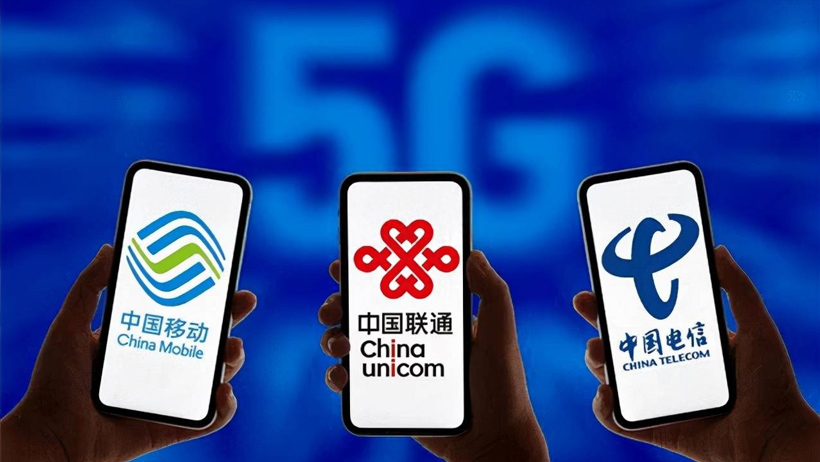
III. What You’ll Need to Buy a SIM Card
Your Passport (Absolutely Essential!):
China implements a real-name registration system for all SIM cards. You must present your original passport at the point of purchase. Photocopies are usually not accepted. The vendor will scan your passport and take a photo of you for registration.
An Unlocked Phone:
Your phone must be “unlocked” to accept a SIM card from a different carrier. If your phone is locked to your home carrier, a Chinese SIM card will not work. Contact your home carrier before your trip to ensure your phone is unlocked or to request an unlock.
Payment:
Cash (Chinese Yuan – RMB) is always accepted. Major carrier stores may also accept international credit cards (Visa/Mastercard), but it’s not guaranteed. Mobile payments like Alipay/WeChat Pay are ubiquitous, but setting these up as a tourist without a Chinese bank account can be a separate challenge (though it’s getting easier with international card linking).
SIM Card Size:
Know whether your phone uses a Nano, Micro, or Standard SIM card. Most modern phones use Nano SIMs. Vendors usually have all sizes or multi-fit SIMs.
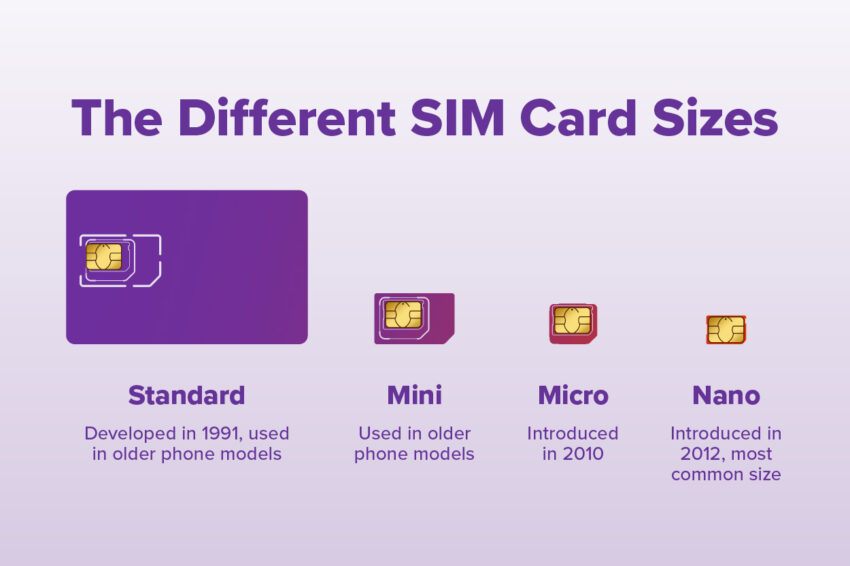
IV. Where to Buy a SIM Card
International Airports (e.g., Beijing Capital/Daxing, Shanghai Pudong/Hongqiao, Guangzhou Baiyun):
Pros: Most convenient option upon arrival. Staff are more likely to speak some English and are accustomed to dealing with tourists. You can get connected immediately.
Cons: Plans might be slightly more expensive or offer less data/flexibility compared to city stores. Options might be limited to specific “tourist packages.”
Process: Look for kiosks or counters of China Mobile, China Unicom, or China Telecom in the arrivals hall.
Official Carrier Stores (营业厅 – Yíngyètīng):
Pros: Widest range of plans, including regular prepaid plans that might offer better value than airport tourist packages. Staff can provide more detailed assistance (though English may be limited). Official and reliable.
Cons: You’ll need to locate a store in the city. Language barrier can be a challenge if staff don’t speak English (use a translation app!).
Process: Search on a map app (like Baidu Maps or Amap, pre-downloaded or accessed via hotel Wi-Fi) for “China Mobile,” “China Unicom,” or “China Telecom” near you.
Online (Pre-Arrival for Airport Pickup/Delivery):
Pros: You can research and purchase your SIM card before your trip. Some services offer delivery to your hotel or pickup at the airport.
Cons: Requires planning ahead. Ensure the seller is reputable.
Providers: Websites like Klook, Trip.com, or specialized SIM card retailers sometimes offer Chinese SIM cards for tourists.
Street Vendors or Small Convenience Stores:
Pros: Can sometimes be cheaper.
Cons: Generally NOT recommended for tourists. Higher risk of scams, improperly registered SIMs (which could be deactivated), or pre-used SIMs. Real-name registration might not be done correctly, leading to problems. Stick to official channels.

V. Types of SIM Card Plans for Tourists
When you purchase a SIM, you’ll typically be looking at prepaid options:
Dedicated Tourist SIM Packages:
- These are often available at airports and are designed for short stays.
- They usually come with a fixed amount of data (e.g., 10GB, 20GB, 50GB), sometimes a small amount of call credit, and a fixed validity period (e.g., 7 days, 15 days, 30 days).
- Example: A 30-day SIM with 20GB data and 50 minutes of local calls might cost around ¥100-¥200.
- Pros: Simple, hassle-free, designed for tourist needs.
- Cons: Might be slightly less value per GB than regular local plans.
Standard Prepaid Plans (Pay-As-You-Go with Monthly Bundles):
- Available at official carrier stores. You buy a SIM card (often with a small initial credit) and then subscribe to a monthly data/call bundle.
- These can offer better value if you need a lot of data or are staying longer.
- You might need help from store staff (or a Chinese-speaking friend) to understand and select the best bundle.
- Pros: Potentially better value, more flexibility in choosing data/call amounts.
- Cons: Can be more complex to set up and understand than a straightforward tourist package.
Data-Only SIMs:
If you only need internet access and don’t plan on making traditional calls or texts (relying on apps like WhatsApp, WeChat, Skype over data), a data-only SIM might be an option, though less common for short-term tourist purchases.
Key things to ask/clarify when buying:
- Total data allowance (e.g., “How many GB?”).
- Validity period (e.g., “How many days?”).
- Cost of the SIM and plan.
- Whether it includes any call minutes or SMS.
- How to check your remaining data balance.
- How to top up if needed (though for short trips, getting a plan with enough data upfront is easiest).
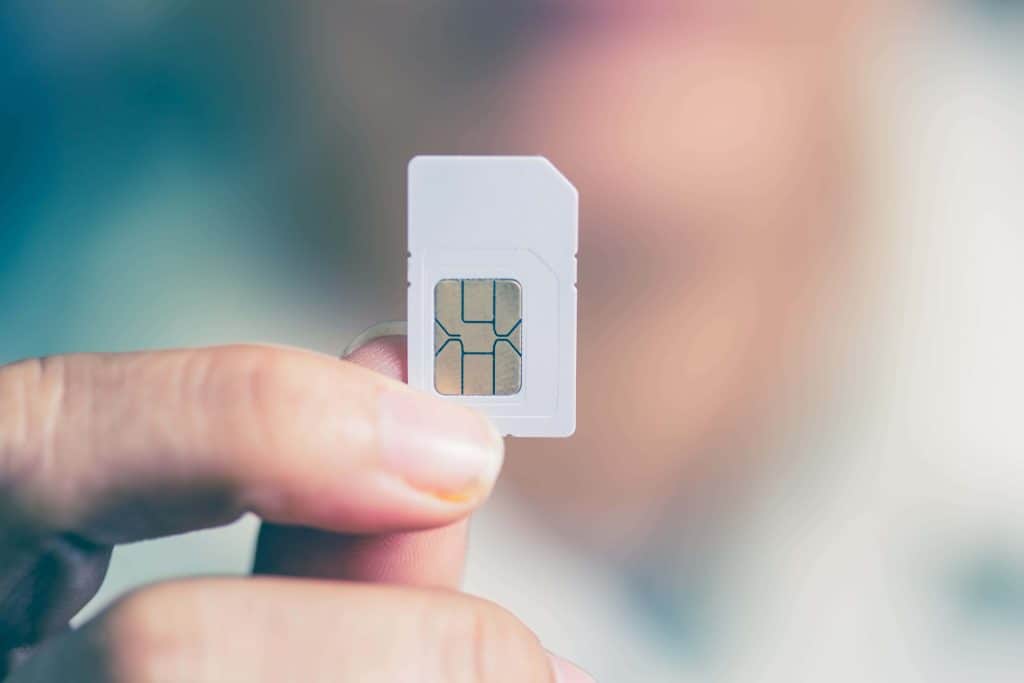
VI. The Activation Process
- Registration: The vendor will take your passport, scan it, and likely take a photo of your face to comply with real-name registration laws. This is standard procedure.
- SIM Insertion: The staff will usually help you insert the SIM card into your phone.
- Phone Restart: Your phone may need to be restarted.
- APN Settings: Access Point Name (APN) settings are usually configured automatically. However, if you have trouble connecting to data, the staff might need to check or manually input these. It’s rare for modern phones.
- Testing: Crucially, test the data connection before leaving the store. Open a browser or an app that uses data to ensure it’s working. If you plan to use a VPN (see below), you might want to test that too, if possible.
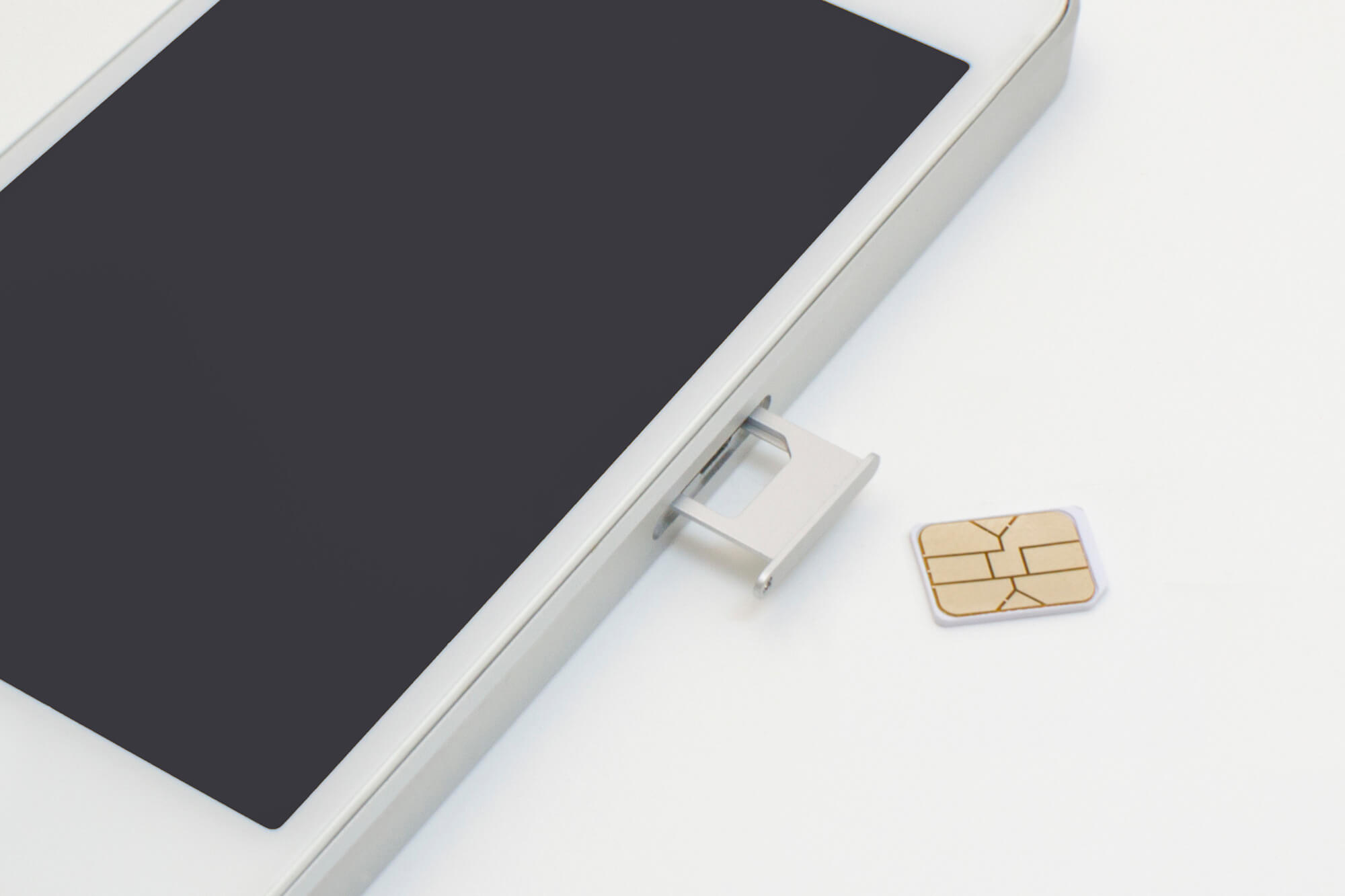
VII. Topping Up Your SIM Card (Recharging)
If you run out of credit or data on a prepaid plan (less likely if you buy a tourist package with sufficient data for your trip):
Official Carrier Stores:
The most straightforward way.
Online via Alipay/WeChat Pay:
This is how most locals top up. If you’ve managed to set up these payment apps with an international card or have a friend assist, this is very convenient.
Carrier Apps/Websites:
Each carrier has its own app or website for account management, but these are usually in Chinese and may require your Chinese phone number to log in.
Voucher Cards:
Sometimes available at convenience stores, though less common now.
For most tourists on short trips (e.g., up to 10-15 days), it’s often easiest to buy a plan with enough data to cover your entire stay to avoid the hassle of topping up.
VIII. CRUCIAL: The Great Firewall (GFW) and VPNs
This is a critical point for anyone wanting to access many Western websites and apps in China.
What is it?
The Great Firewall of China is a sophisticated system of internet censorship that blocks or restricts access to many popular international websites and services.
Blocked Services:
This includes Google (Search, Gmail, Maps, Drive), Facebook, Instagram, X (Twitter), WhatsApp (messaging can be unreliable, calls/media often blocked), YouTube, New York Times, BBC, and many others.
VPN (Virtual Private Network):
To bypass the GFW and access these services, you will need a reliable VPN. A VPN encrypts your internet traffic and routes it through a server outside of China, making it appear as if you are browsing from that server’s location.
Action Required:
Install and test your VPN BEFORE you arrive in China. Many VPN provider websites and app stores (like Google Play) are blocked in China, making it very difficult to download and set up a VPN once you’re there.
Choosing a VPN:
Opt for reputable, paid VPN services known to work well in China (e.g., ExpressVPN, NordVPN, Astrill VPN – do your research for current recommendations as effectiveness can change). Free VPNs are often unreliable, slow, or insecure.
Using a VPN:
Once your local SIM is active and you have data, connect to your VPN app, choose a server location outside China (e.g., Japan, USA, Singapore), and then you should be able to access blocked sites. VPN connectivity can sometimes be unstable, so having a couple of different VPN providers or protocols can be a good backup.
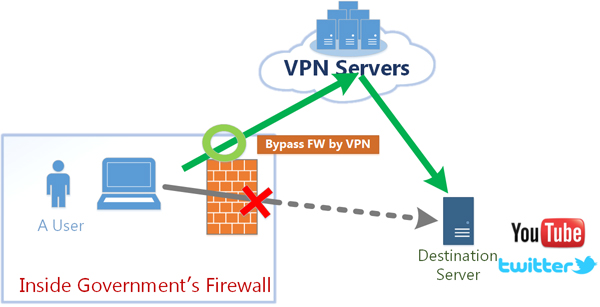
IX. Phone Compatibility (4G LTE / 5G Bands)
Ensure your phone is unlocked.
Most modern smartphones from major international brands (Apple, Samsung, Google Pixel etc.) support the necessary 4G LTE and 5G bands used in China.
Key FDD-LTE bands used by China Unicom & China Telecom:
- Band 1 (2100MHz)
- Band 3 (1800MHz)
- Band 5 (850MHz)
- Band 8 (900MHz)
Key TDD-LTE bands used by all three (especially China Mobile):
- Band 38 (2600MHz)
- Band 39 (1900MHz)
- Band 40 (2300MHz)
- Band 41 (2500MHz)
You can check your phone’s specifications online (e.g., on GSMArena) to see which LTE bands it supports. If your phone supports several of these, you should be fine.

X. Alternatives to a Local SIM Card
eSIMs:
Pros: Very convenient as you can purchase and activate them digitally, often before you even leave home. No need to swap physical SIMs.
Cons: Your phone must support eSIM technology (newer iPhones, Google Pixels, and some Samsung models do). Can sometimes be more expensive per GB than a local physical SIM. Data is often routed internationally, which might mean latency, but also often means it bypasses the GFW without needing a separate VPN (confirm with the eSIM provider).
Providers: Airalo, Holafly, Nomad, Ubigi, and others offer eSIM plans for China.
International Roaming from Your Home Carrier:
Pros: Utmost convenience – your phone works as soon as you land.
Cons: Usually extremely expensive for data. Check your carrier’s rates carefully. Some offer daily flat-rate passes, which might be viable for very short trips or emergencies but are not cost-effective for longer stays.
Pocket Wi-Fi (Mobile Hotspot):
Pros: Can connect multiple devices (phone, tablet, laptop) simultaneously.
Cons: Another device to carry, charge, and potentially pay a deposit for. You rent it for your trip. Still uses a local SIM inside, so GFW considerations (and need for VPN on your devices) apply unless the Pocket Wi-Fi service itself includes VPN-like routing.
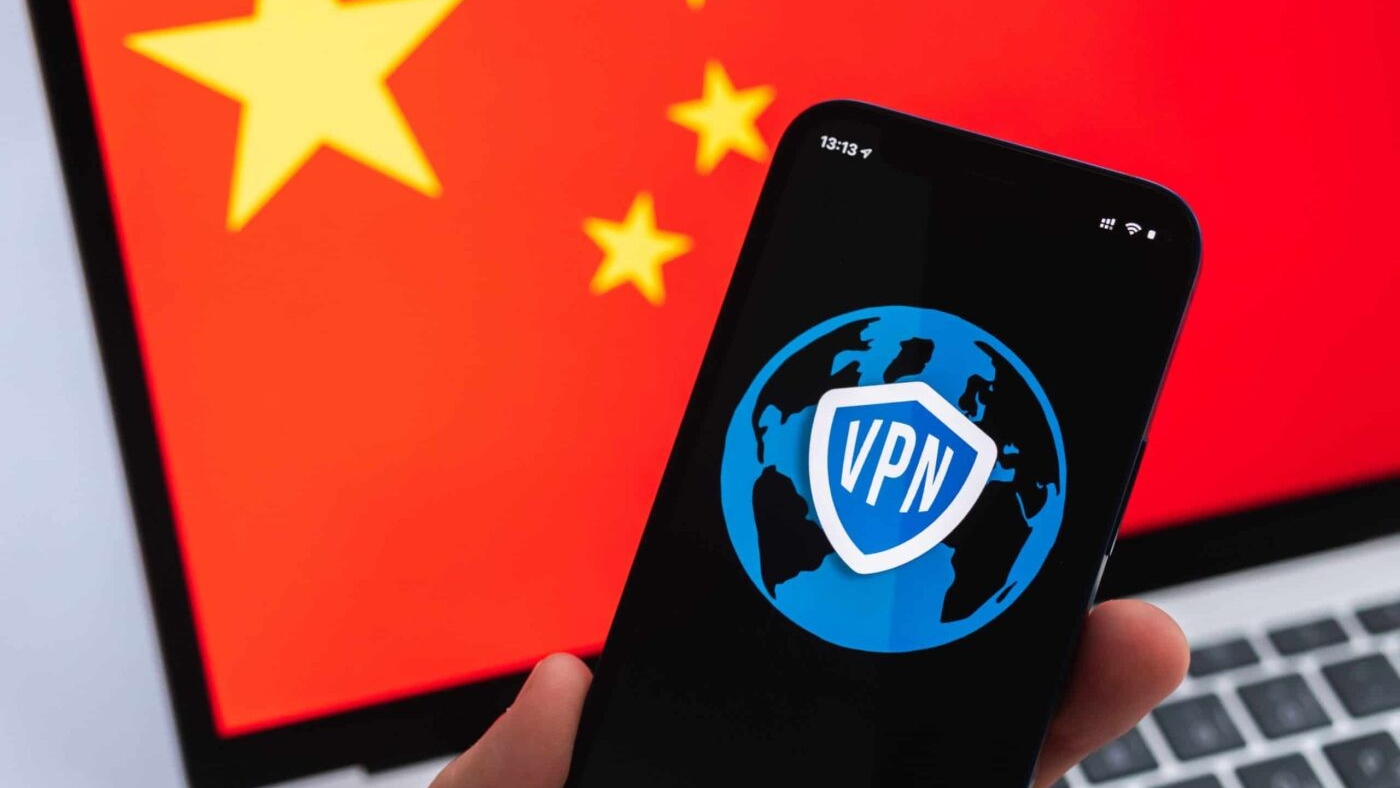
XI. Final Tips & Summary
- Get your VPN sorted BEFORE you go to China. This is paramount.
- Bring your PASSPORT for SIM card registration.
- Ensure your phone is UNLOCKED.
- Airport purchase is convenient for immediate connectivity. Official carrier stores in the city may offer better value/more options.
- Test your SIM and data connection (and VPN) before leaving the point of purchase.
- For short trips, buy a plan with enough data to last your entire stay.
- Learn a few basic Mandarin phrases or have a translation app handy.
By purchasing a local SIM card, you’ll unlock a much smoother, more affordable, and connected travel experience in China, allowing you to navigate, communicate, and share your journey with ease.

Enjoyed this article? Consider buying me a coffee to support more content like this!
💖 1 people have clicked to support this article.


